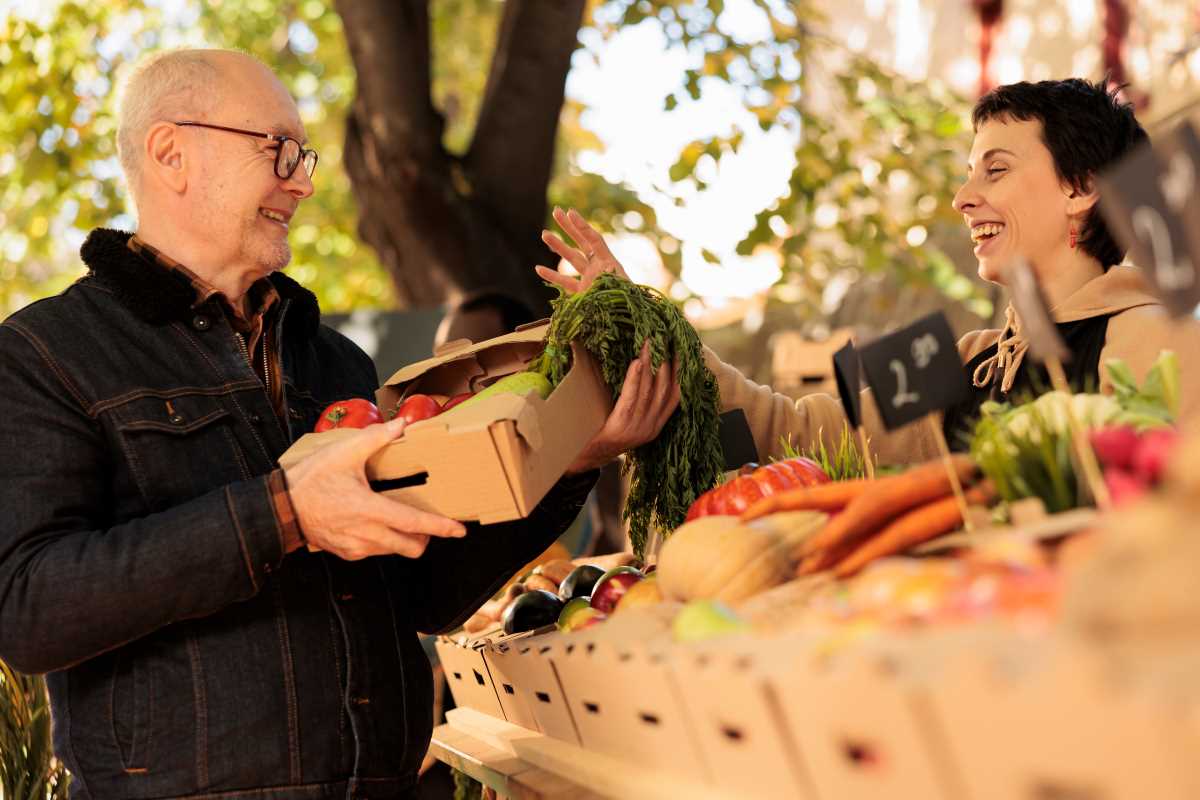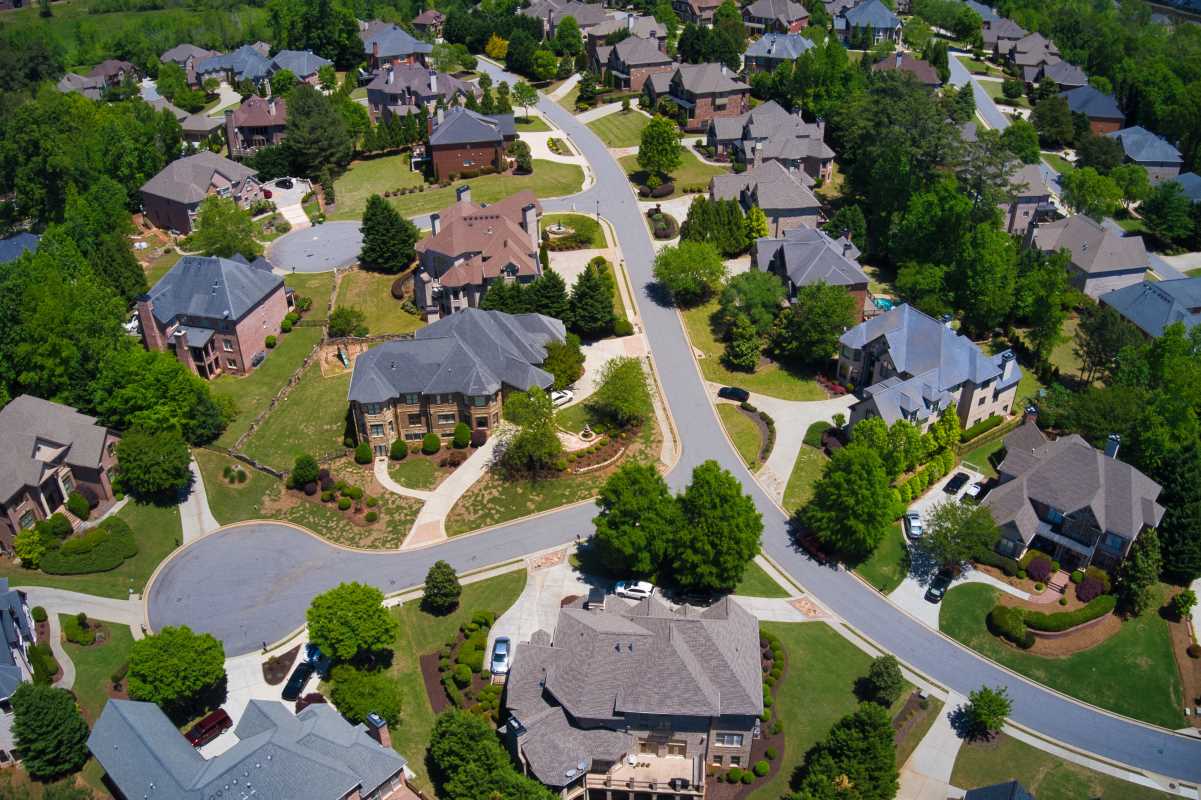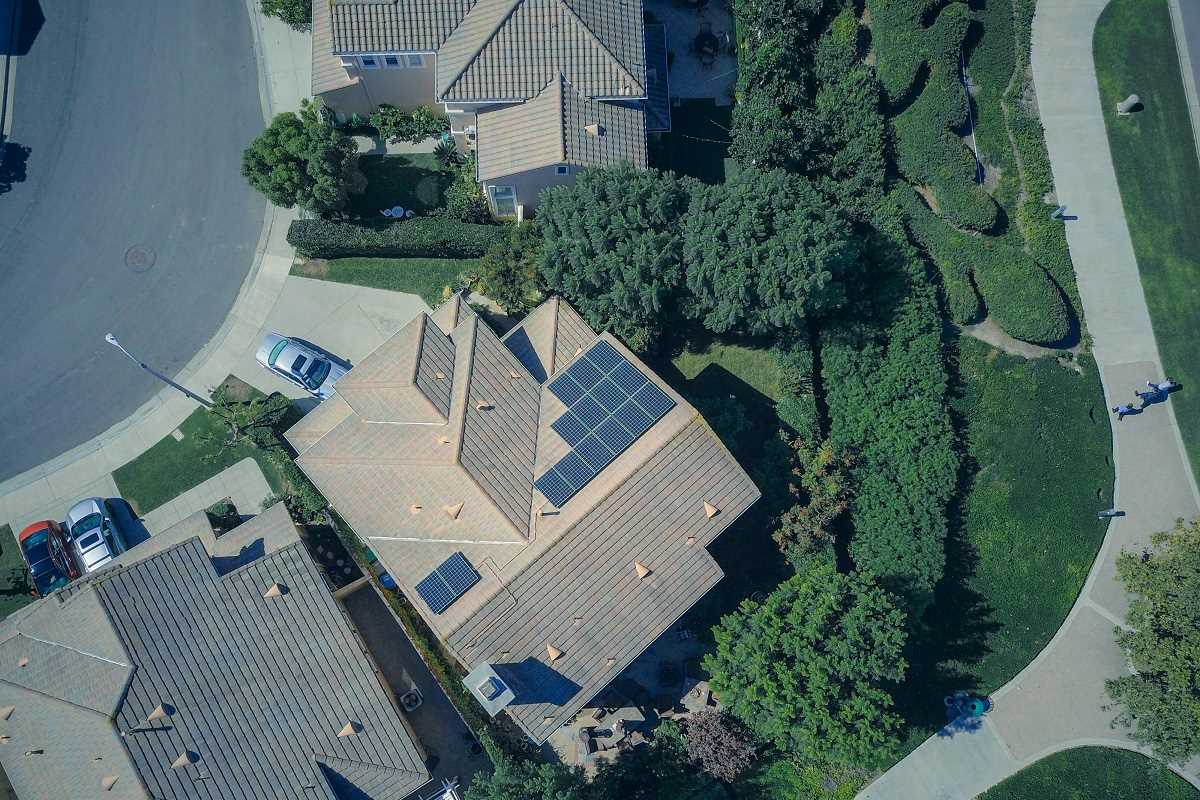Bringing together people from different generations creates opportunities for lively conversation and genuine connection. This guide explains how to plan and lead activities where all ages can participate, encouraging mutual respect, enjoyment, and learning. You will find helpful tips for designing programs that respond to the interests of your community as well as advice for evaluating how things are going and making improvements. Whether you’re starting a new initiative or looking to strengthen existing programs, you’ll discover practical ways to make each gathering more meaningful and rewarding for everyone involved.
Understanding community needs and setting goals
Begin by identifying who you want to include—children, teens, adults, and seniors all bring unique perspectives. Talk with local groups, community centers, schools, or retirement homes to understand what each group seeks. Are older adults looking to teach craft skills? Do teens want to share coding knowledge? Clearly noting hopes and challenges will shape your plan.
Next, set specific objectives. These might include building communication skills or reducing social isolation among seniors. Write down two or three measurable outcomes, such as “Participants will produce five collaborative art pieces” or “90% of attendees report feeling more connected.” Clear goals help the team stay focused and allow you to celebrate wins.
Designing engaging program activities
Create activities that spark curiosity and invite collaboration. Creative ideas often combine play, hands-on tasks, and conversation prompts. For example, a storytelling circle can pair a teenager with a senior to share life experiences and co-write a short narrative.
- Art Workshops: Pair ages to paint murals or craft greeting cards.
- Technology Labs: Young volunteers teach basic smartphone skills to older participants.
- Cooking Sessions: Teams prepare simple recipes, dividing roles based on ability.
- Garden Projects: Joint planting and landscaping tasks, mixing gardening know-how with fresh energy.
Include clear materials lists and step-by-step scripts for facilitators. This approach ensures every leader feels confident guiding participants. Test activities with a small pilot group to confirm timing and instructions work smoothly.
Facilitating positive intergenerational interaction
Facilitators set the tone for cooperation and respect. Start each session with icebreakers that encourage pairs or small groups to share a fun fact—perhaps a favorite childhood game or a current hobby. Use name tags and conversation cards with prompts like “Describe a moment that made you laugh recently.”
Keep groups small, around four to six people, so no one feels lost or overwhelmed. Rotate roles during activities so every participant gets a chance to lead. When someone teaches, they build confidence. When they learn, they stay curious. Both roles foster mutual appreciation.
Measuring success and gathering feedback
Track your objectives by collecting feedback immediately after events and at later intervals. Use these methods to gather insights from all ages:
- Short Surveys: Use simple scales (e.g., 1 to 5) and open-ended questions like “What did you enjoy most?”
- Focus Groups: Invite a few participants per age group for a casual chat. Focus on common themes rather than exact quotes.
- Observation Checks: Have facilitators note engagement levels—smiles, questions asked, moments of collaboration—during each session.
- Follow-Up Interviews: Call or email some participants a month later to learn about lasting impacts on friendships or skill use.
Review data every quarter to identify trends. If older participants feel shy during tech sessions, adjust the pace or pairing system. If young people want deeper conversations, add storytelling prompts or mentorship roles.
Scaling and sustaining your program
After successful pilots, plan how to expand. Seek partnerships with local businesses for supplies or venues. Invite college students studying education or social work to volunteer and bring new ideas. Draft a simple volunteer handbook that outlines roles, schedules, and best practices you’ve learned.
Keep the momentum by celebrating milestones. Share highlights through a community newsletter, social media posts, or bulletin boards in public spaces. Show photos of art pieces created together, quotes about new friendships, and data points that reflect growth.
Building Lasting Community Connections
As you bring in new volunteers and participants, encourage mentorship. Pair experienced facilitators with newcomers so they learn the ropes. This leadership shift maintains energy and spreads ownership across the community.
By weaving simple routines—like check-in circles or rotating leadership—into each gathering, you establish a consistent structure that still feels flexible and welcoming. This mix of regularity and creativity keeps people coming back.
Discover Lasting Connections tips to enhance your next session and build stronger bonds across generations.
Connecting generations helps teach, listen, and learn more effectively. Focus on community needs, show respect, and adapt based on feedback to build lasting relationships. Begin now to see those connections grow.
 (Image via
(Image via.jpg)





